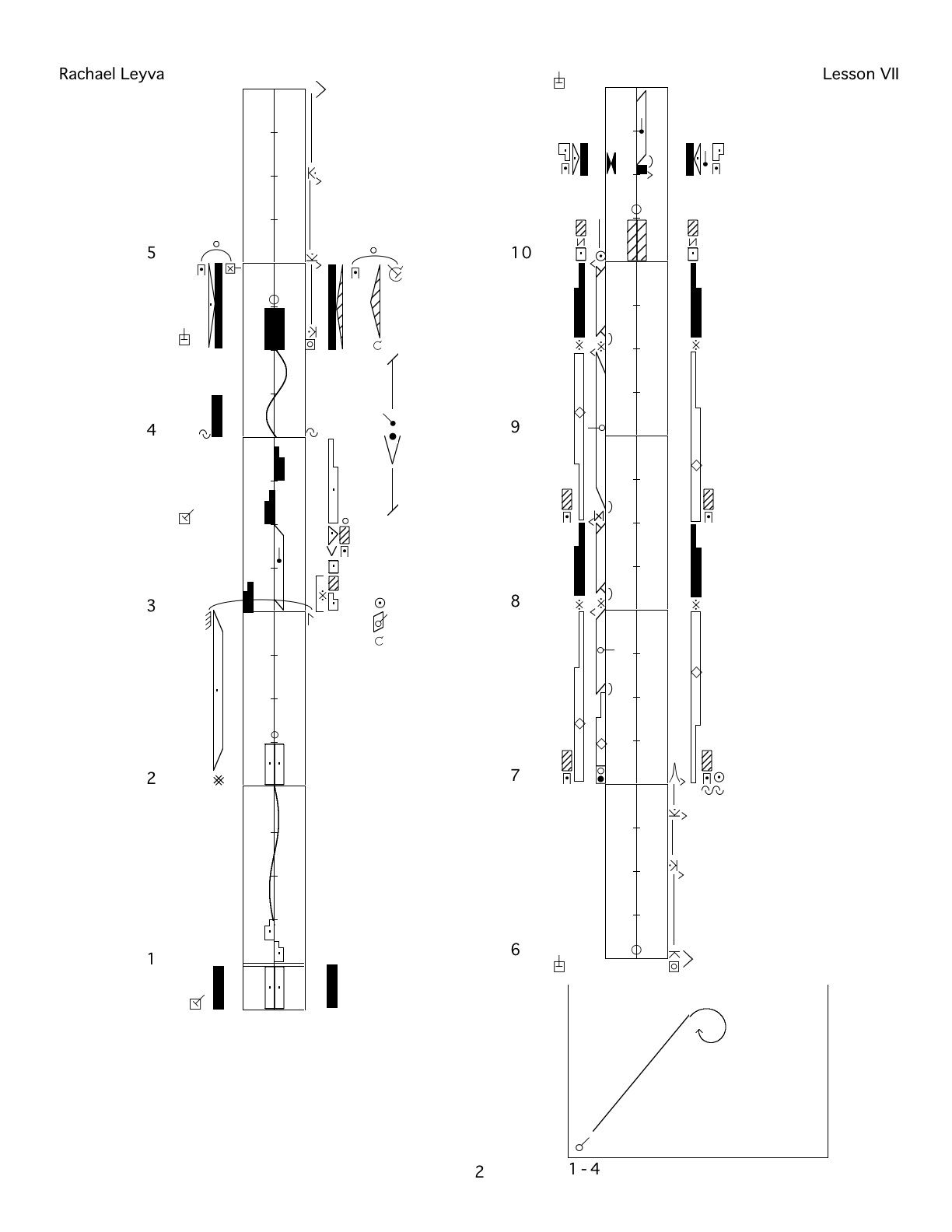
With the help of augmented reality software through the Microsoft HoloLens device, a dancer can read and write Laban movement notation in their own environment. Credit: Ashley Nelson | Station Manager, Lantern TV
The Ohio State Dance department is bringing a new partner to the dance floor.
With the help of augmented reality software from Microsoft’s HoloLens device, a dancer can read and write Laban movement notation in their own environment. The notation is a way to record and represent choreography throughout a dance, used similarly to a musician reading a score to learn a song.
Hannah Kosstrin, an assistant professor and researcher in the Department of Dance at Ohio State, led the project and has lofty aspirations for what AR can bring to dance.
“One of the things I am really excited for with the AR app is hopefully it will project, and you will be able to see the score, and you are in it,” Kosstrin said.
The HoloLens is like a headband with a visor that comes down over the eyes while a powerful computer inside eliminates the need for wires and provides a mobile AR experience.
Kosstrin said the AR headset allows users to take a “trip” to a virtual world while maintaining a sense of reality. It differs from virtual reality in that it gives the experience of our everyday world, like Snapchat holograms, rather than portraying an entirely different atmosphere.
The software uses a drag-and-drop system to write a score by taking a symbol from a queue of Laban symbols, she said. The software allows a dancer to easily make notes on the score when practicing in order to correct bad habits and avoid repeating mistakes.

A page from the Labanotation score of “Possession,” choreographed and notated by Rachael Riggs Leyva in 2003.
“Students, in the classroom while they are in it, can pick the symbols and lay them in front of you so you are also making the score, and dance right into it,” Kosstrin said.
One day, Kosstrin hopes voice commands will be implemented to speed up the notation system and writing process.
Christopher Summers, an instructional technologist at Ohio State’s College of Arts and Sciences service, ASCTech, said the potential of this AR software could easily teach people the notation system.
“I think it would help someone learn because you are using it in tandem with scores and it gives you a playground to play with it like a Laban playground,” Summers said. “The ability to manipulate and mess around and play essentially makes it user-friendly.”
Summers has experience working on virtual reality projects, and this app is the first AR project he has been a part of.
“[In AR] you have to keep in the front of your mind real space and how that is going to interact with the application,” Summers said. “Compared to VR, you are creating the entire space.”
One issue in creating software for HoloLens is that there is a learning curve for the new technology, he said. However, Summers said he finds it manageable with the team at ASCTech.
Reading and writing a score is only a small part of what the app will one day be able to do, Kosstrin said, adding the possibility to bring other dancers into the AR space with you is real.
“I think there is a lot of interesting work to be done to not really dance with objects, but being able to dance with virtual dancers,” she said. “Really being able to figure out if there is a way to feed existing notation’s scores into the software, have it spit out a virtual dancer, and then take that dancer feed it into as an AR option so that you as a single person can be dancing with other dancers so you have a sense of what that dance feels like.”
This also will be able to give a sense of how a previous dance group performed based on the score from that year, she said. This can give a dancer a sense of the “historical embodiment” of a dance.
“It is really cool to think about what it felt like to be a person at that point in history,” Kosstrin said. “Also, being able to make digital people when you are making a dance by yourself, but it is a dance for a group. You can also approximate with the other people that you create.”
Kosstrin hopes to have a prototype available in the classroom sometime next fall.


